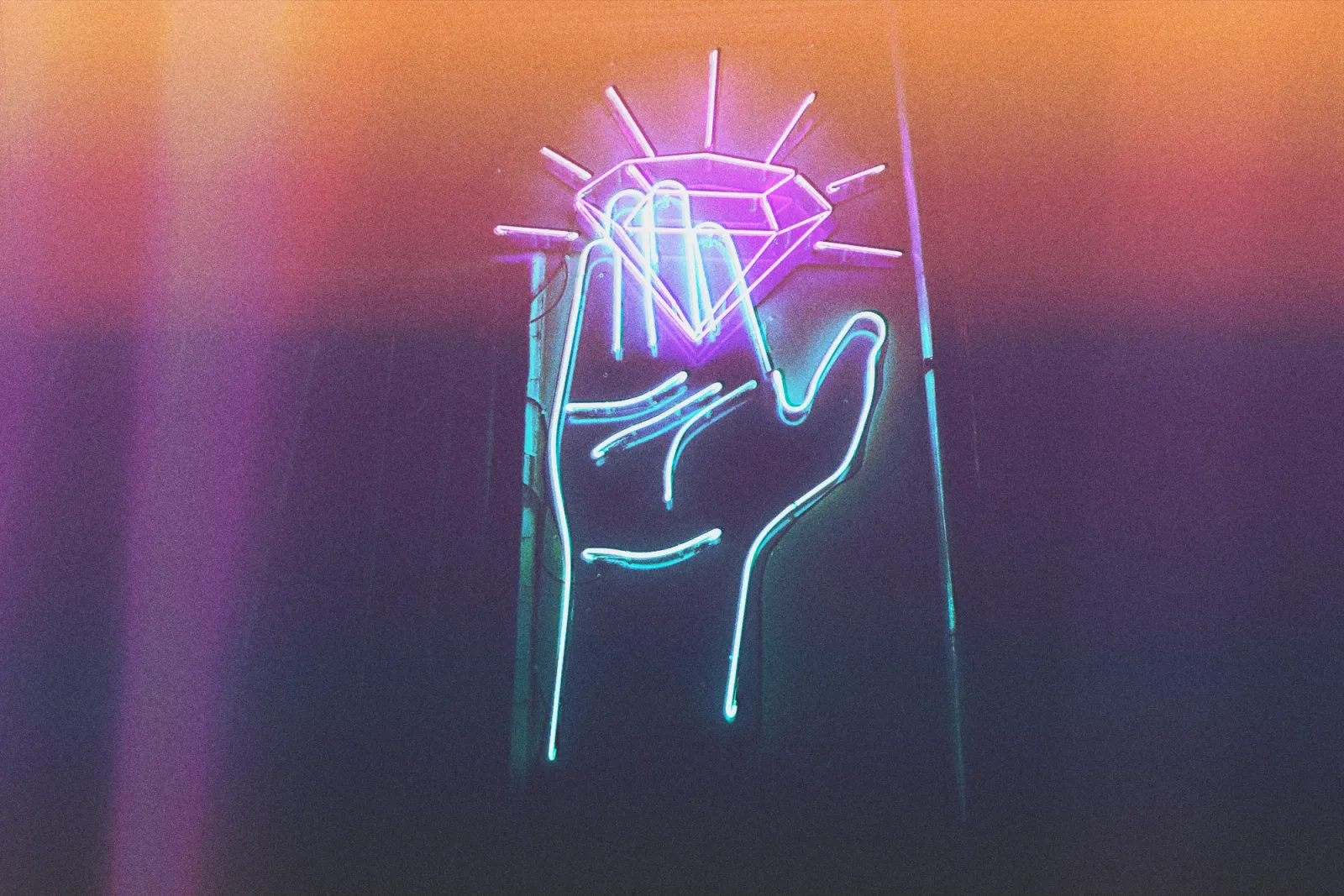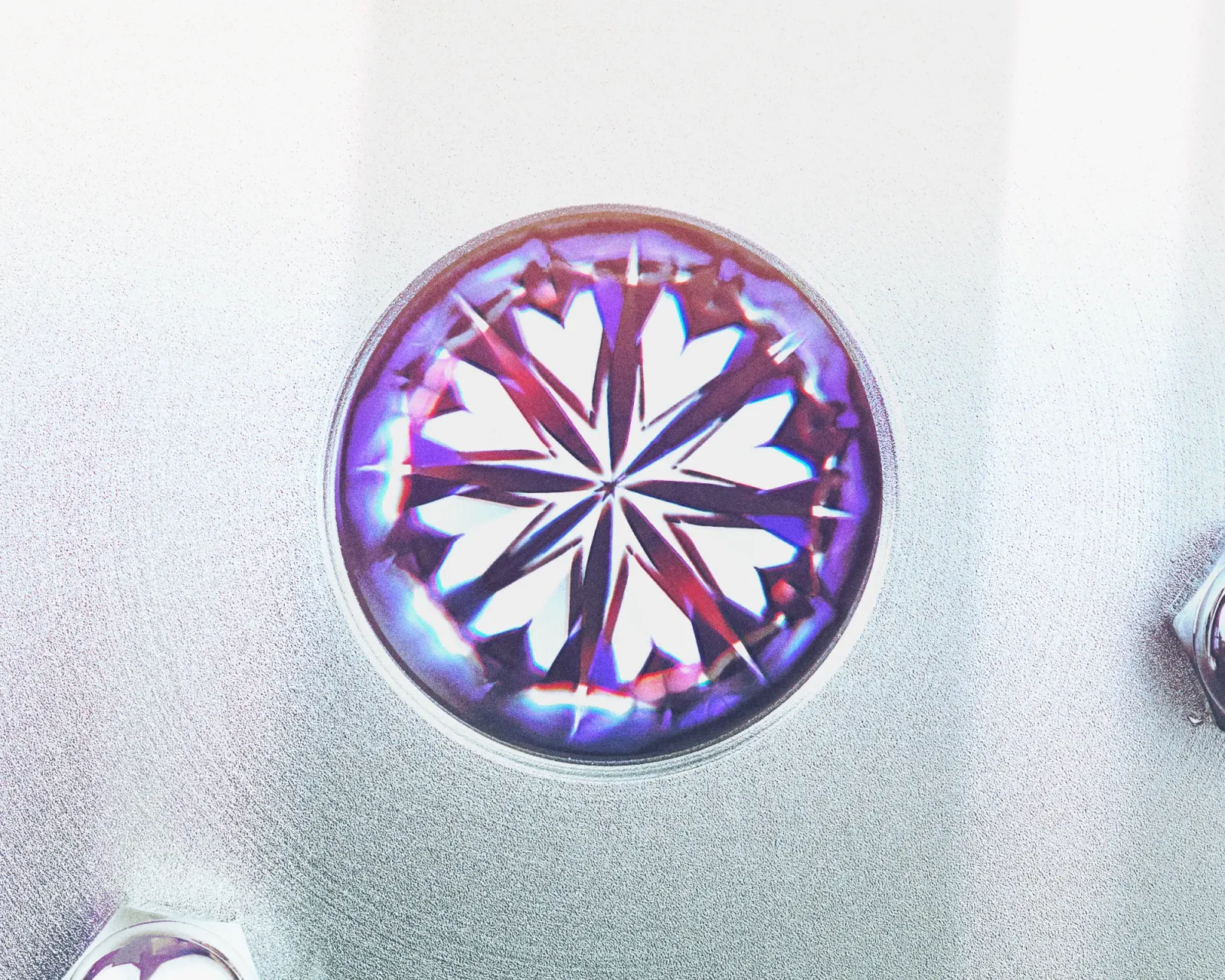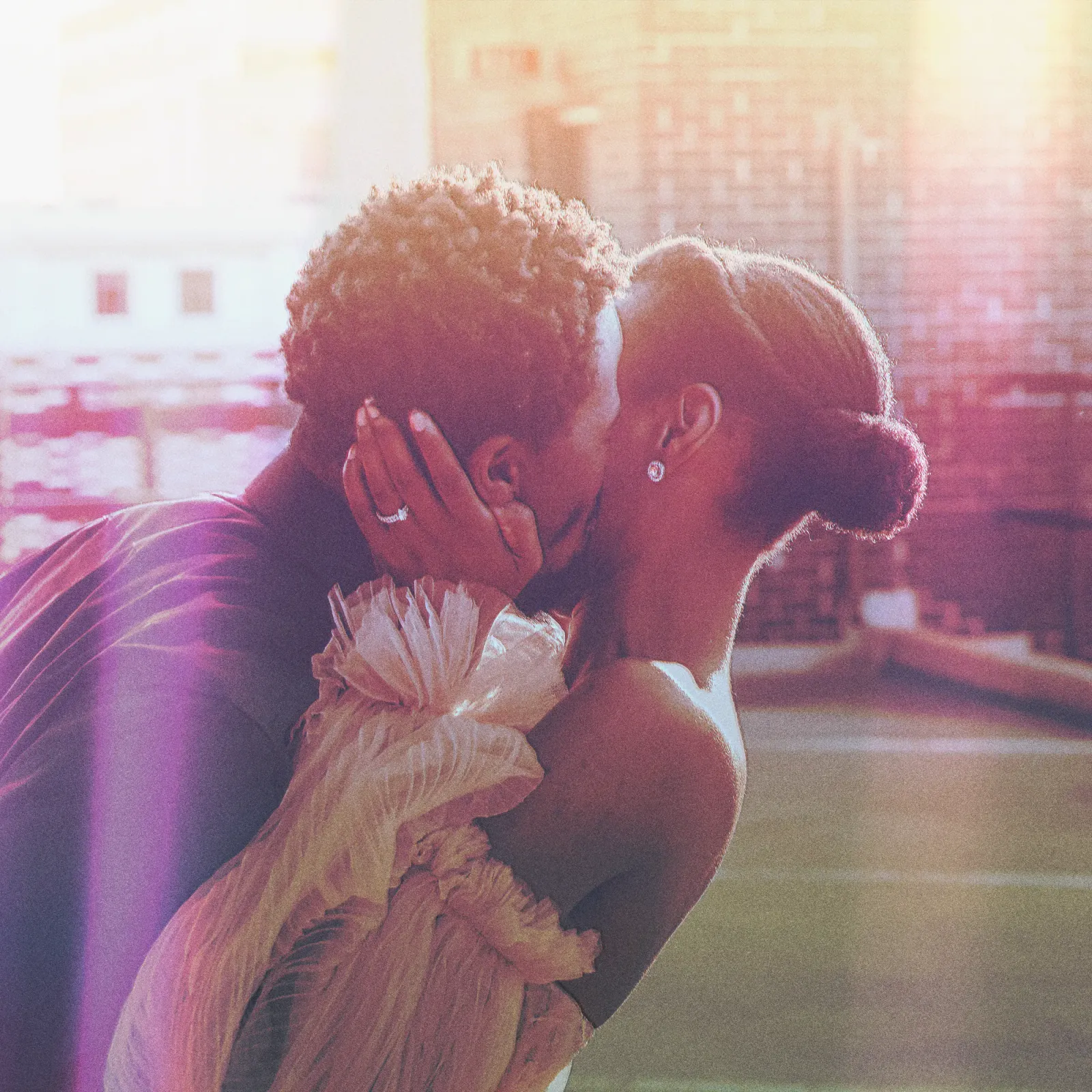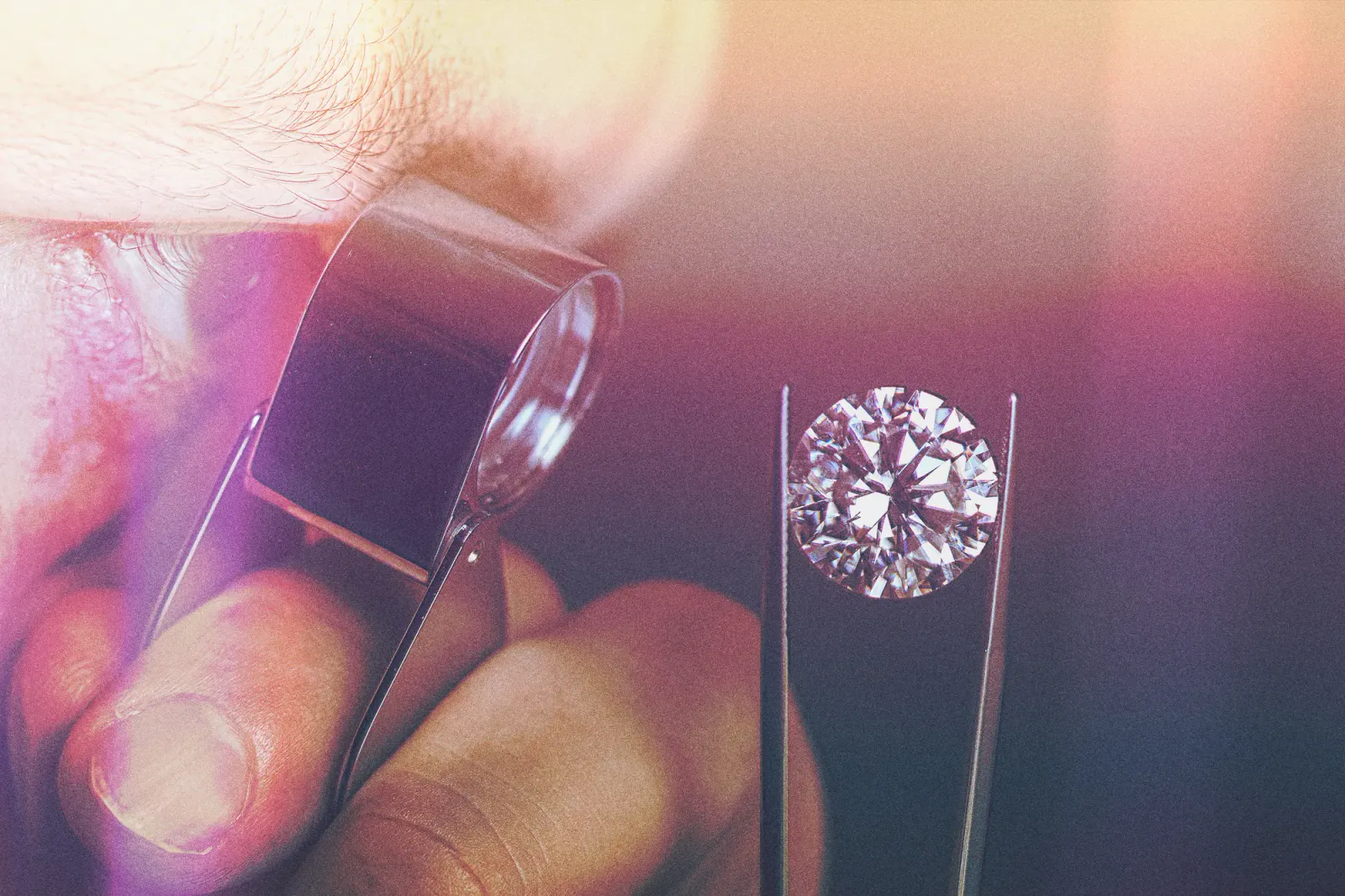You've used a fluorescent highlighter pen, sat under fluorescent lighting in a soulless office, seen marine life fluoresce vibrantly on nature shows and maybe even painted your face for a space age glow on the club dancefloor....and now you're shopping for the perfect ring and see fluorescence listed in the diamond grading. Yes, fluorescence is also present in the mineral world, including diamonds. But what does this mean, and is diamond fluorescence bad? There is disagreement within the jewelry industry about the pros (if any) and cons of fluorescence, but it can affect appearance and also price - so it's worth taking time to understand it.
What is diamond fluorescence?
Fluorescence is when something emits visible light - or glows - when exposed to ultra-violet light. UV light is present in sunlight, and of course there are UV or black lights, which are used to show up fluorescent light to full effect. When fluorescence is present in diamonds they usually glow a soft blue when exposed to UV light, but on rare occasions they can be green, yellow, white or even red.
Around a third of diamonds have some degree of fluorescence, so you are bound to come across it in your search. The GIA grades the intensity of diamond fluorescence as None, Faint, Medium, Strong and Very Strong.

This isn't to say that diamonds with fluorescence have a day-glo appearance. Depending on the diamond, fluorescence may make no noticeable difference, it may make the diamond appear milky or hazy, or, some say, it may even improve the color of the diamond. Because strong fluorescence can have a detrimental affect, diamonds with a degree of fluorescence can be cheaper than those with no fluorescence at all.
Is diamond fluorescence good or bad?
Fluorescence can affect transparency in diamonds with a medium, strong or very strong fluorescence grade. They can often have what is described as a hazy, milky or cloudy appearance. Having said that, within the medium grade there is sometimes no visible haziness from fluorescence, so if upon close inspection you like the diamond, trust your eyes! But be sure to sure to inspect a diamond with fluorescence under different lighting conditions. Here's why:
You will often read that fluorescence in a diamond with a lower color grade is a good thing, because the blue hue from the fluorescence cancels out any yellow tint the diamond has. The argument goes that if you buy a diamond in a mid-low color grade with high fluorescence, you'll be getting a good price and a good diamond because the fluorescence means the diamond will look a better color than the grade it was given (we explain diamond color grades here). However, this is flawed advice - these days the GIA grade diamonds under a light source which is designed to simulate natural sunlight, which contains a component of ultra-violet. Therefore the affect of fluorescence is visible to the grader, and is built into the color grade. This therefore means that if you are indoors in artificial light, with little to no UV light falling onto your ring, the diamond will not fluoresce as it did in the lighting conditions in the grading lab or as it would out in the sun. Therefore the blue hue isn't there to cancel out the yellow tint....and you guessed it, the color may actually appear worse than it did in the grading laboratory, where it is only inches from the light source. So the diamond may actually have been given an overly generous grade compared to if it had been graded under low UV or UV free lighting.
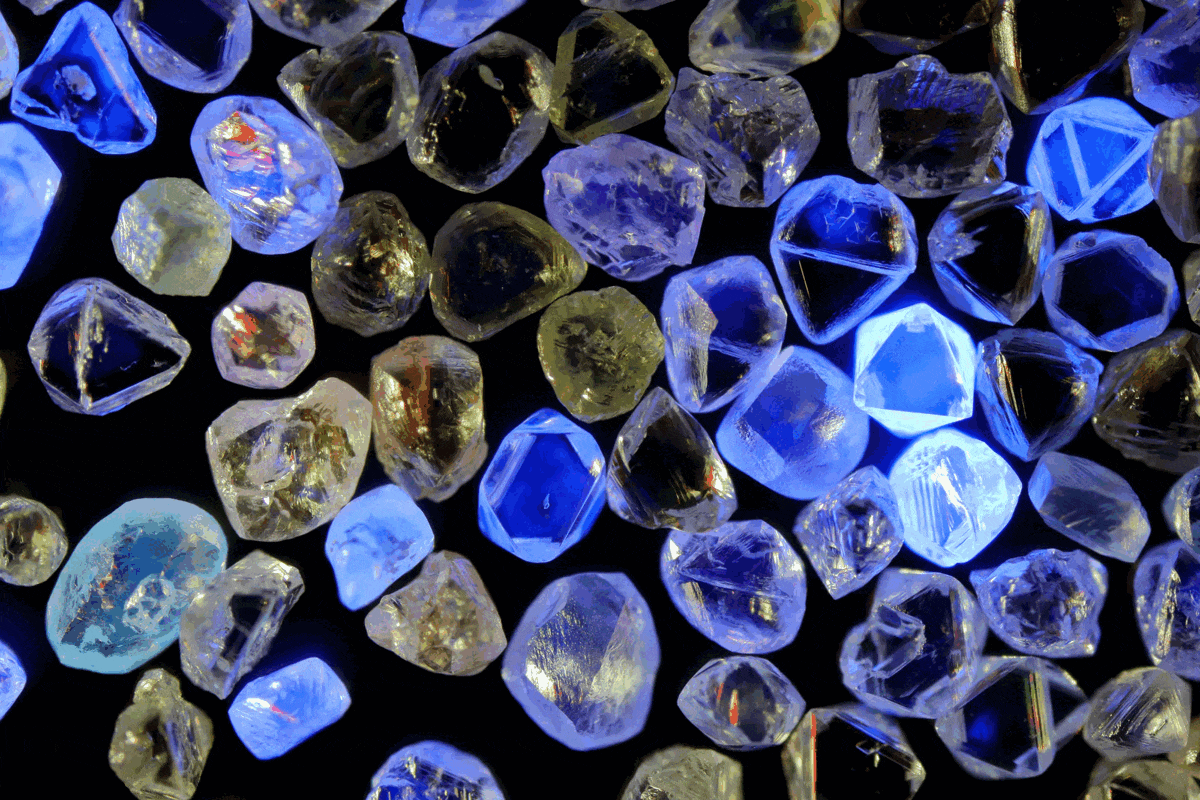
How does diamond fluorescence affect price?
All else being equal, diamonds with no fluorescence are more expensive than diamonds with some degree of fluorescence, with the highest discount on stones with a 'very strong' fluorescence grade. However, fluorescence doesn't impact all prices equally - the greatest discount differential will be on the higher color diamonds because there is a greater risk here of fluorescence causing haziness.
Within the medium and faint categories of fluorescence the discount is smaller because the risk to the color and transparency of the diamond is smaller. So if you're looking to make savings on certain aspects of your diamond, faint or medium fluorescence can save you some money, but if you're paying for a high color grade avoid stones with medium or higher fluorescence grades.
You will find the fluorescence grade clearly listed on the diamond's certificate, and when you're looking online it's usually in the main description too. Vendors like Blue Nile and James Allen also include the fluorescence grade as a search filter, so you can narrow results straight away.
When choosing your diamond, our advice is certainly to take note of the fluorescence grade when comparing and evaluating diamonds, but the affect on price and quality is not nearly so great as the other 4Cs - cut quality, clarity, color and carat weight.

